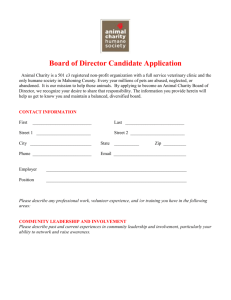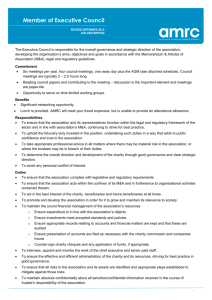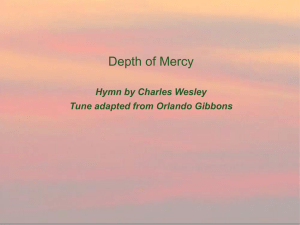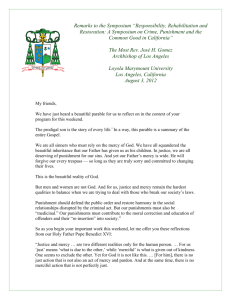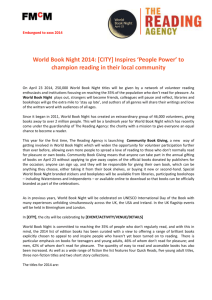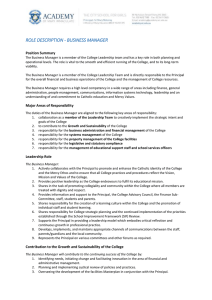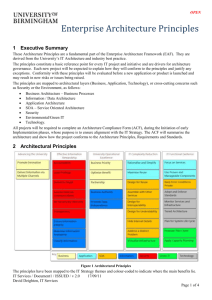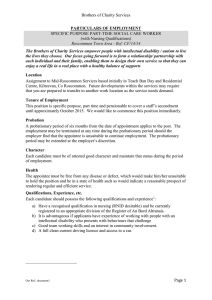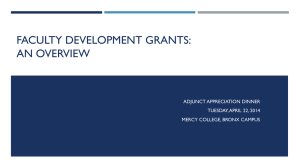Toxic Charity
advertisement
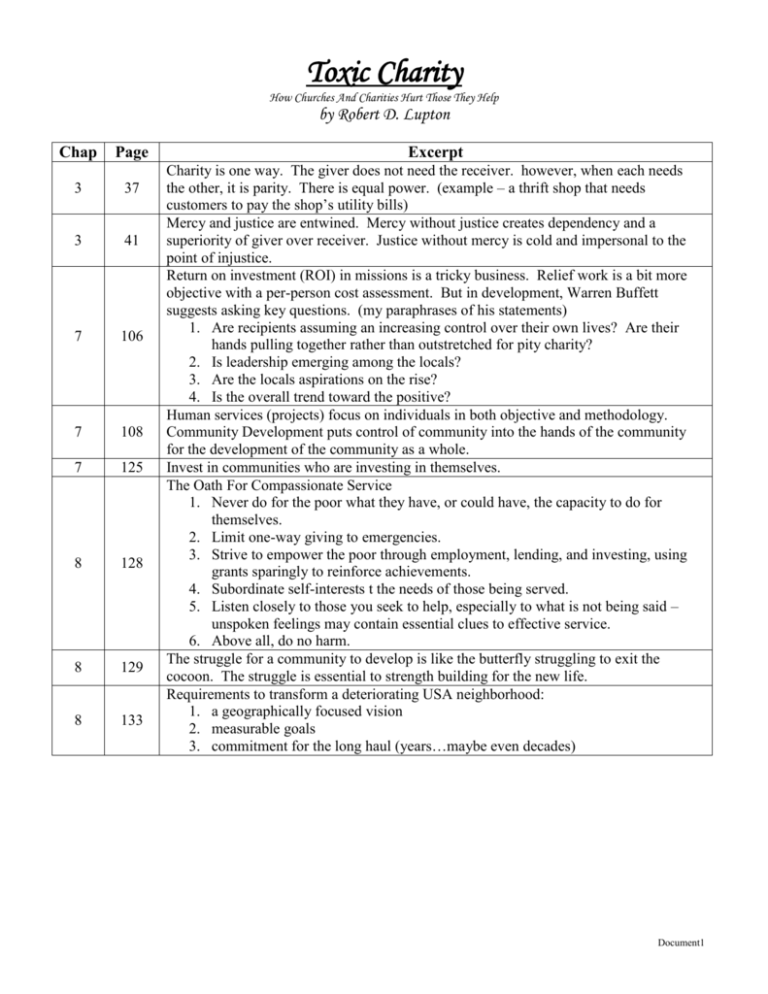
Toxic Charity How Churches And Charities Hurt Those They Help by Robert D. Lupton Chap Page 3 37 3 41 7 106 7 108 7 125 8 128 8 129 8 133 Excerpt Charity is one way. The giver does not need the receiver. however, when each needs the other, it is parity. There is equal power. (example – a thrift shop that needs customers to pay the shop’s utility bills) Mercy and justice are entwined. Mercy without justice creates dependency and a superiority of giver over receiver. Justice without mercy is cold and impersonal to the point of injustice. Return on investment (ROI) in missions is a tricky business. Relief work is a bit more objective with a per-person cost assessment. But in development, Warren Buffett suggests asking key questions. (my paraphrases of his statements) 1. Are recipients assuming an increasing control over their own lives? Are their hands pulling together rather than outstretched for pity charity? 2. Is leadership emerging among the locals? 3. Are the locals aspirations on the rise? 4. Is the overall trend toward the positive? Human services (projects) focus on individuals in both objective and methodology. Community Development puts control of community into the hands of the community for the development of the community as a whole. Invest in communities who are investing in themselves. The Oath For Compassionate Service 1. Never do for the poor what they have, or could have, the capacity to do for themselves. 2. Limit one-way giving to emergencies. 3. Strive to empower the poor through employment, lending, and investing, using grants sparingly to reinforce achievements. 4. Subordinate self-interests t the needs of those being served. 5. Listen closely to those you seek to help, especially to what is not being said – unspoken feelings may contain essential clues to effective service. 6. Above all, do no harm. The struggle for a community to develop is like the butterfly struggling to exit the cocoon. The struggle is essential to strength building for the new life. Requirements to transform a deteriorating USA neighborhood: 1. a geographically focused vision 2. measurable goals 3. commitment for the long haul (years…maybe even decades) Document1 8 145 10 186 Activities (projects) done in the name of Community Development must answer each of these questions with a “Yes”. 1. Does the proposed activity strengthen the capacity of neighborhood residents to prioritize and address their own issues? 2. Will the proposed activity be wealth generating or at least self-sustaining for the community? 3. Do the moneys generated for and/or by local residents remain at work in their community? 4. Does the proposed activity have a timetable for training and transferring ownership to indigenous leadership? Steps to help make a project development focused: 1. have a planning meeting with the leader of the goers and the local ministry coordinator to discuss: expectations, roles, money, and timing. 2. draft a written agreement that outlines specific expectations, roles, finances, and timing 3. after further discussion, draft a written agreement that outlines the specifics on the scheduled steps each partner will take. In that schedule will be exact dates to reconnect and give an honest report on progress. This allows course corrections. Also included is the specific date when leaders from both partners will meet to comb through the minutia in order to head off stumbling blocks. 4. Launch the project at the agreed date and time. Make the first day organized and well managed. 5. Be sure to make the work fun. Encourage interaction among various groups. 6. Conclude the project with a “look what we did” talk. Let the local coordinator describe the importance of this project in the chain of events required for the development of this community. Document1




